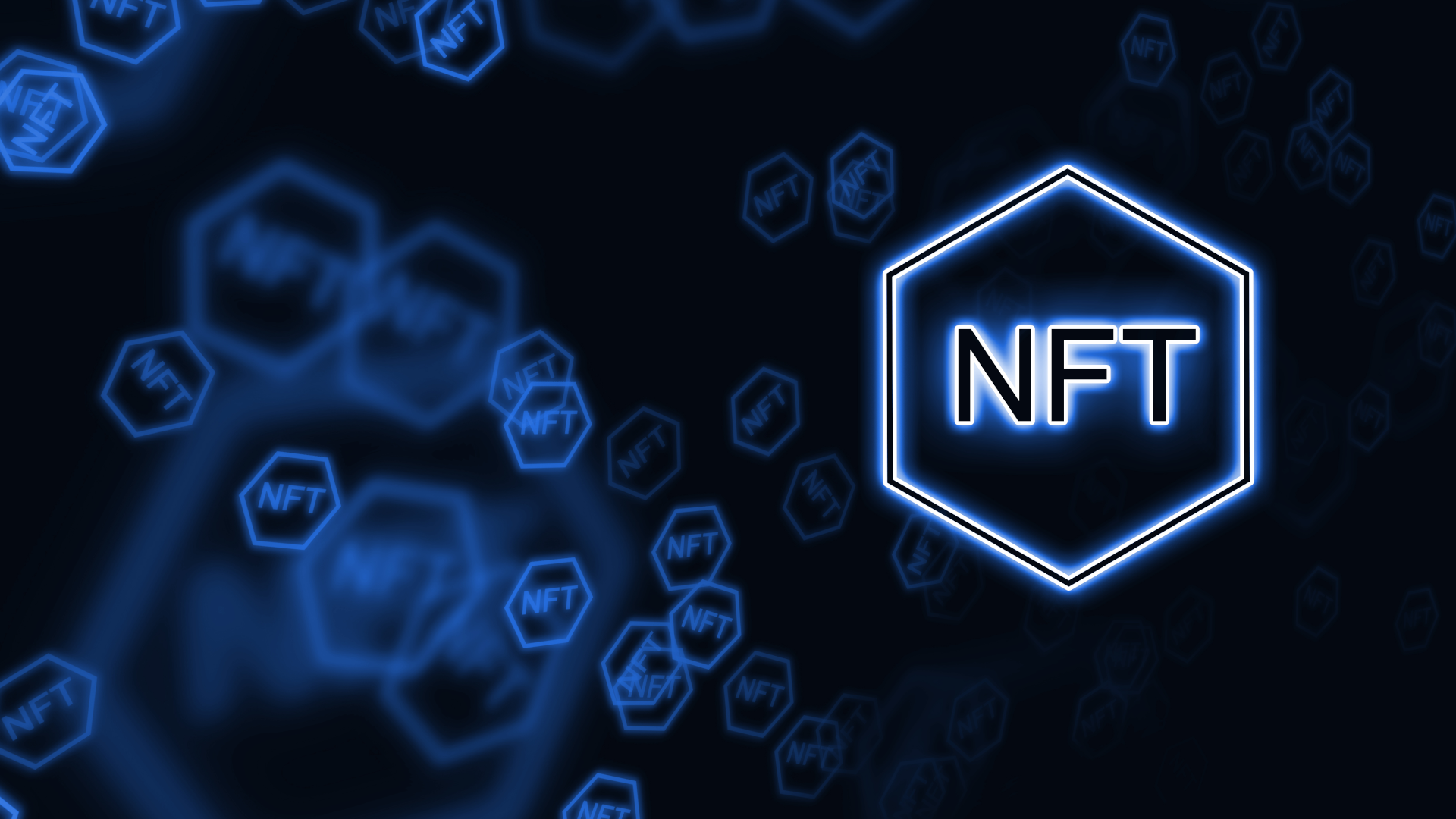Non-Fungible Tokens and Copyright Law: What Artists Can Do To Protect Themselves

Copyright infringement in the online world has been an issue ever since the inception of the internet. With a copy-and-paste culture, it’s never been easier to pass off a funny tweet as one’s own, upload unauthorized versions of chart-topping songs, and repurpose jaw-dropping photographs and videos.
Now that nonfungible tokens have entered into the arena, a whole host of new issues have emerged. Opportunists are now tokenizing artwork without consent, and in some cases, artists haven’t realized their pieces have been plagiarized until the NFTs have been bought and sold.
If you’ve had anything to do with digital arts, digital assets, or both, in the last few months, it has been virtually impossible to escape the barrage of news about how nonfungible tokens, or NFTs, are changing the game for creative industries. A non-fungible token (NFT) is a unit of data stored on a digital ledger, called a blockchain, that certifies a digital asset to be unique and therefore not interchangeable. NFTs can be used to represent items such as photos, videos, audio and other types of digital files.
While creators do have protection under United States copyright law, if their work is tokenized without consent, getting compensation could be made harder by the fact that some NFT marketplaces are less transparent than others.
There are NFT platforms that have introduced mechanisms that allow pirated art to be removed. But according to experts, taking action once unprotected digital files have been copied or downloaded is “like trying to put toothpaste back into a tube.” And to compound the problem, certain precautions that can be taken to tackle copyright infringement can have unintended consequences — censoring small creators who may be unable to prove they created an artwork because they lack an established online presence.
There are a couple of things that artists can do right away to protect their digital assets online and protect themselves from copyright infringement.
Protecting Work in a Digital Realm
According to Unique.One, a decentralized NFT marketplace, most of the copyright infringement issues that have been brought to its attention stem back to artwork being unprotected in the first place. A number of artists share original works with their large followers on Instagram, but these files lack the digital protection that prevent them from being copied and used in infinite ways without consent.
A strongly worded copyright notice often isn’t enough to deter infringers — nor prove that artwork is authentic if their claims are challenged. However, there are some simple steps that are worth taking when building an online presence, and it all begins when original files are being uploaded in the first place.
• Adding a visible watermark to art before sharing digital images anywhere can prove worthwhile, irrespective of whether this is on Instagram, Facebook or on your own website. If you’re especially sophisticated, you may opt for an invisible watermark at the pixel level — something that can give you an upper hand in a dispute, especially among plagiarists who may not have noticed it.
• Keeping a digital archive of original work, along with the date it was created, can also be a powerful way of proving ownership. And, if art is published for the first time in the form of an NFT, the blockchain itself can serve as an immutable record that offers protection.
It is also possible to mint NFTs with a watermark and add unlockable content with a high-resolution, watermark-free copy that the buyer can receive upon purchasing a token. You can also set out licensing terms in the description for your nonfungible token. A good example of this was seen when The New York Times sold a tokenized version of an article written by one of its journalists — with the newspaper clearly specifying that this NFT doesn’t purchase the copyright for the feature in question.
NFTs can also help protect artwork, especially if pieces are minted on-chain before they are distributed through other online channels. Creating an archive of provenance is essential.
While Unique.One predicts that regulatory measures and licensing regimes will evolve as the NFT space grows and matures, the platform warns that this could introduce “additional barriers and censorship hurdles for creators,” and great care should be taken to ensure that the industry doesn’t lose the distinctive attributes that made it popular in the first place.
Source: Cointelegraph

